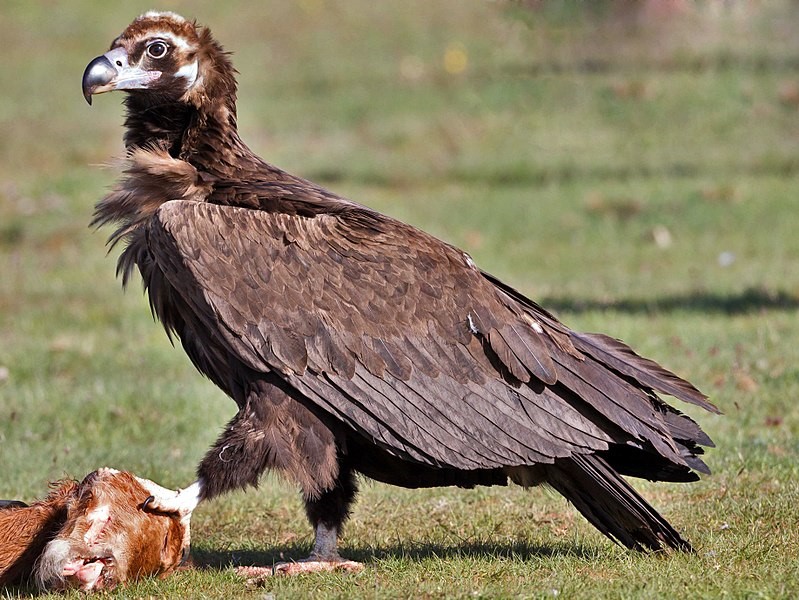





Disclaimer: Copyright infringement not intended.
Context
ASOLA BHATTI WILDLIFE SANCTUARY: https://www.iasgyan.in/daily-current-affairs/asola-bhatti-wildlife-sanctuary
Cinereous Vulture
About
Description
Habitat
Feeding habits
Breeding
Distribution
Movement Patterns
Threats
Status and conservation
|
PRACTICE QUESTION Q. Consider the following statements: 1.The cinereous vulture species are distributed in Europe, Asia and Indian Subcontinent. 2.The cinereous vultures inhabit hilly, mountainous areas, dry semi-open habitats. 3.The IUCN (International Union for Conservation of Nature) has categorized and evaluated these vulture species and has listed them as Endangered. Which of the above statements is/are correct? A) 1 and 2 only B) 2 and 3 only C) 3 only D) All Answer: A) 1 and 2 only |







© 2025 iasgyan. All right reserved